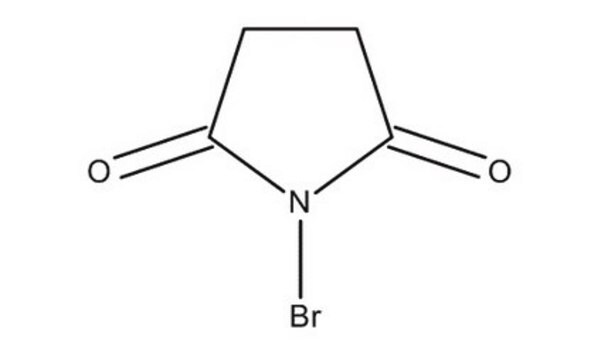推薦產品
品質等級
化驗
99.999% trace metals basis
形狀
foil
自燃溫度
1400 °F
電阻係數
2.6548 μΩ-cm
厚度
0.25 mm
bp
2460 °C (lit.)
mp
660.37 °C (lit.)
密度
2.7 g/mL at 25 °C (lit.)
應用
battery manufacturing
SMILES 字串
[Al]
InChI
1S/Al
InChI 密鑰
XAGFODPZIPBFFR-UHFFFAOYSA-N
數量
100 × 100 mm(约 6.8g)
儲存類別代碼
11 - Combustible Solids
水污染物質分類(WGK)
WGK 3
閃點(°F)
Not applicable
閃點(°C)
Not applicable
個人防護裝備
Eyeshields, Gloves, type N95 (US)
客戶也查看了
文章
In many technologies, performance requirements drive device dimensions below the scale of electron mean free paths (λe). This trend has increased scientific interest and technological importance of electrical resistivities at the nanoscale.
Can there be an effective strategy for finding breakthrough materials, since they are, by definition, unpredictable? One answer is found in Combinatorial Materials Science techniques, which represent a powerful approach to identifying new and unexpected materials.
Biomedical implants are essentially foreign substances within the human body that must survive many years’ exposure to demanding mechanical and physiological conditions. Despite these challenges, metal implants have been widely used to substitute for or rebuild hard tissues such as bones and teeth.
The unique properties of the rare-earth elements and their alloys have brought them from relative obscurity to high profile use in common hightech applications.
我們的科學家團隊在所有研究領域都有豐富的經驗,包括生命科學、材料科學、化學合成、色譜、分析等.
聯絡技術服務





